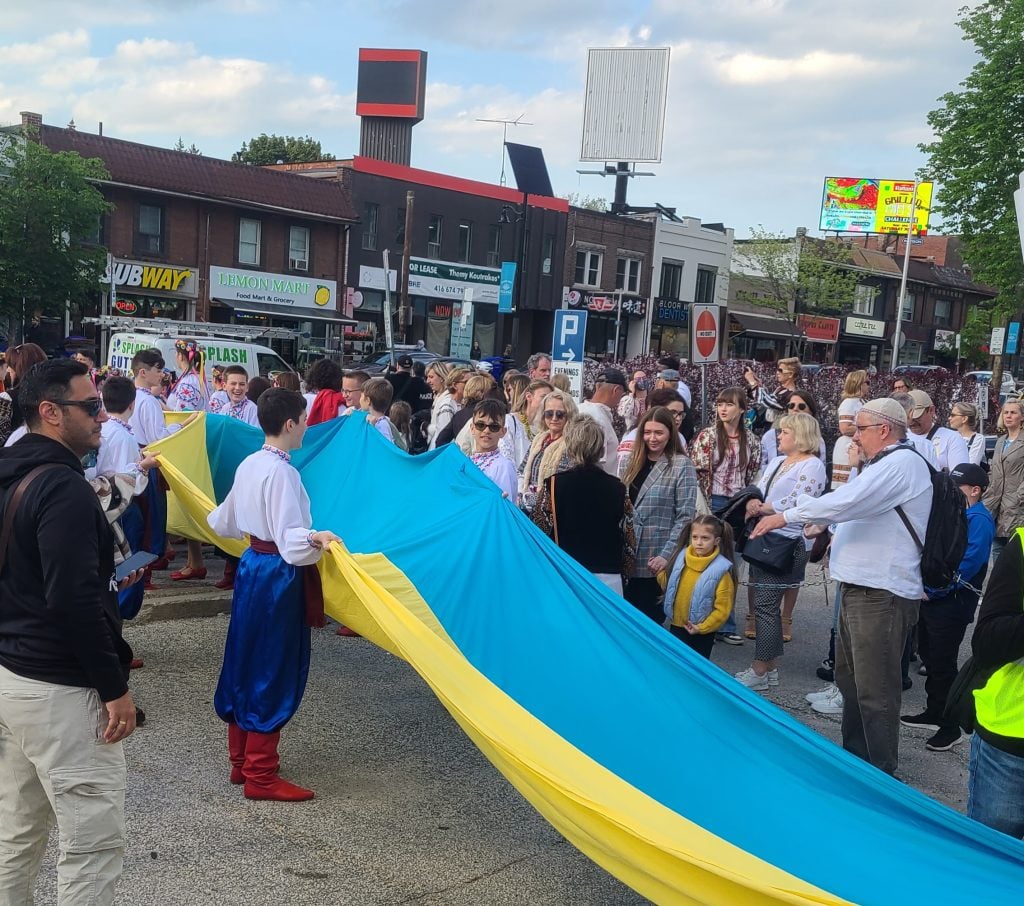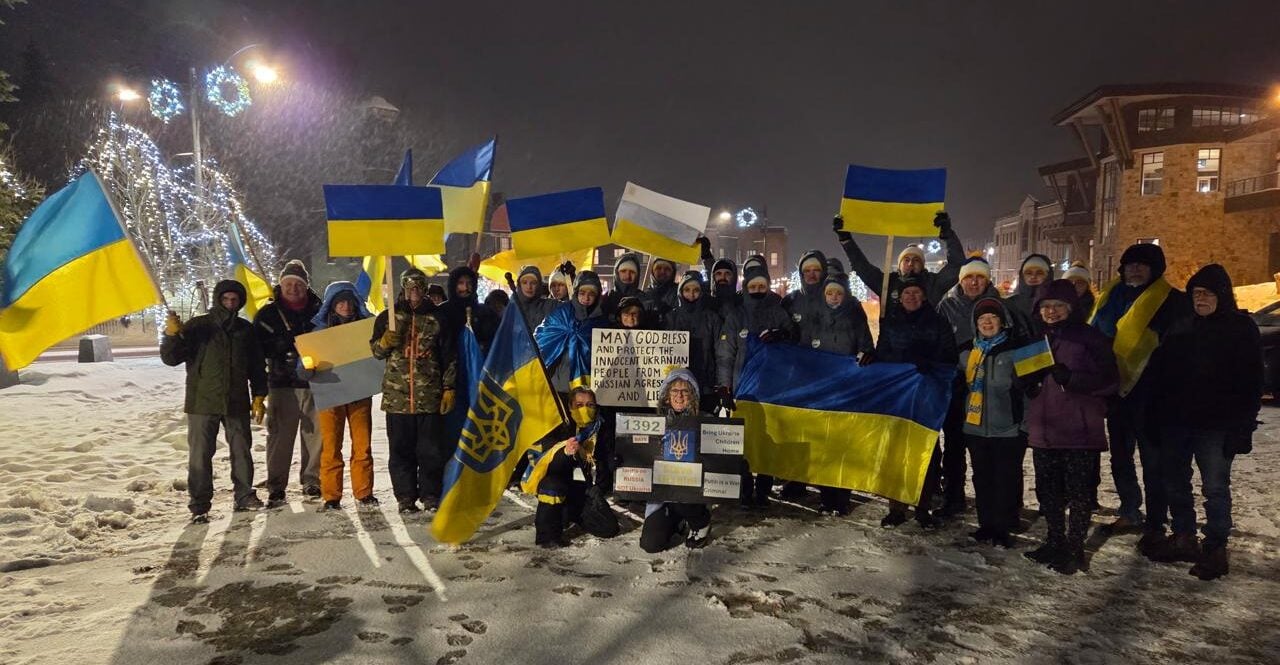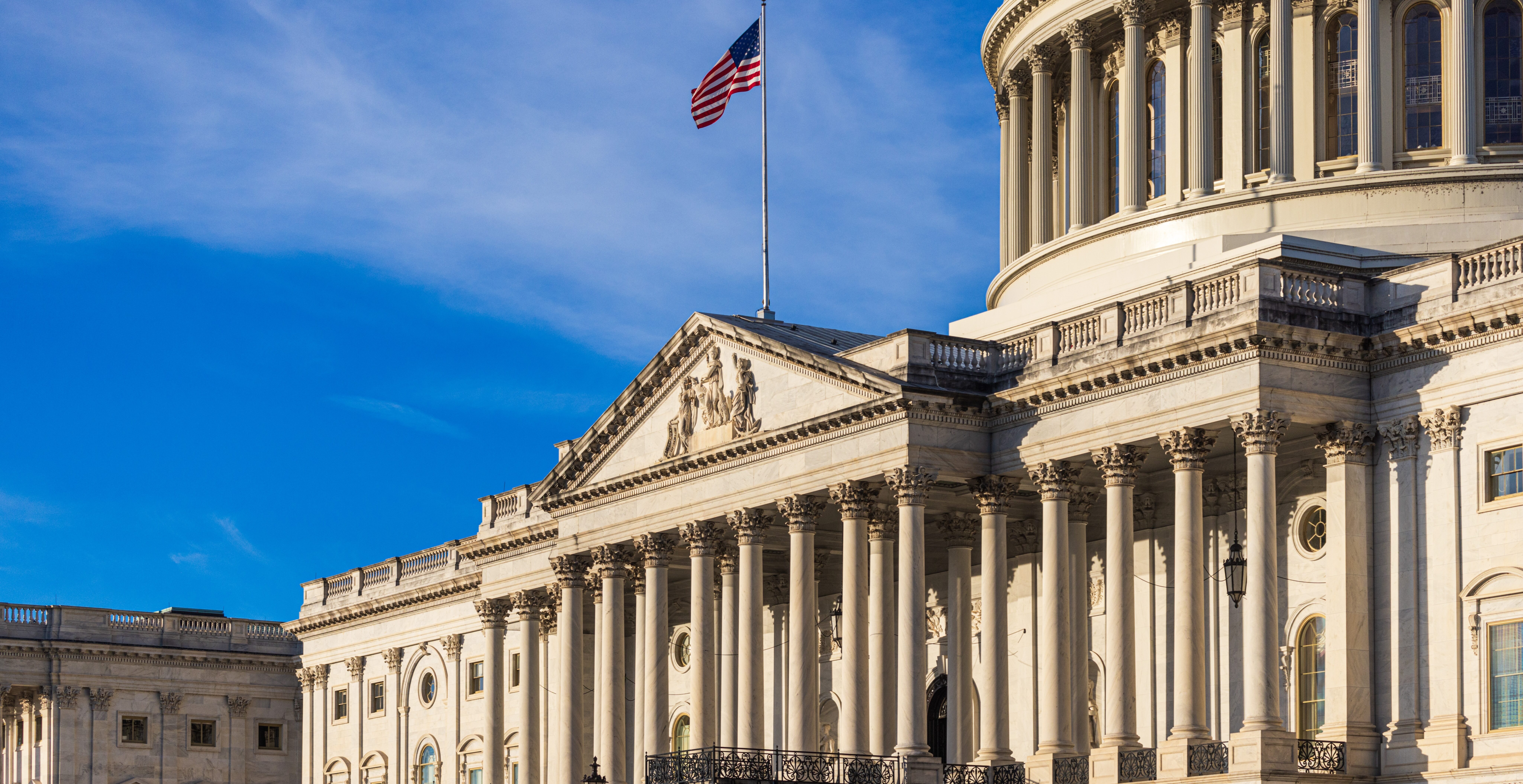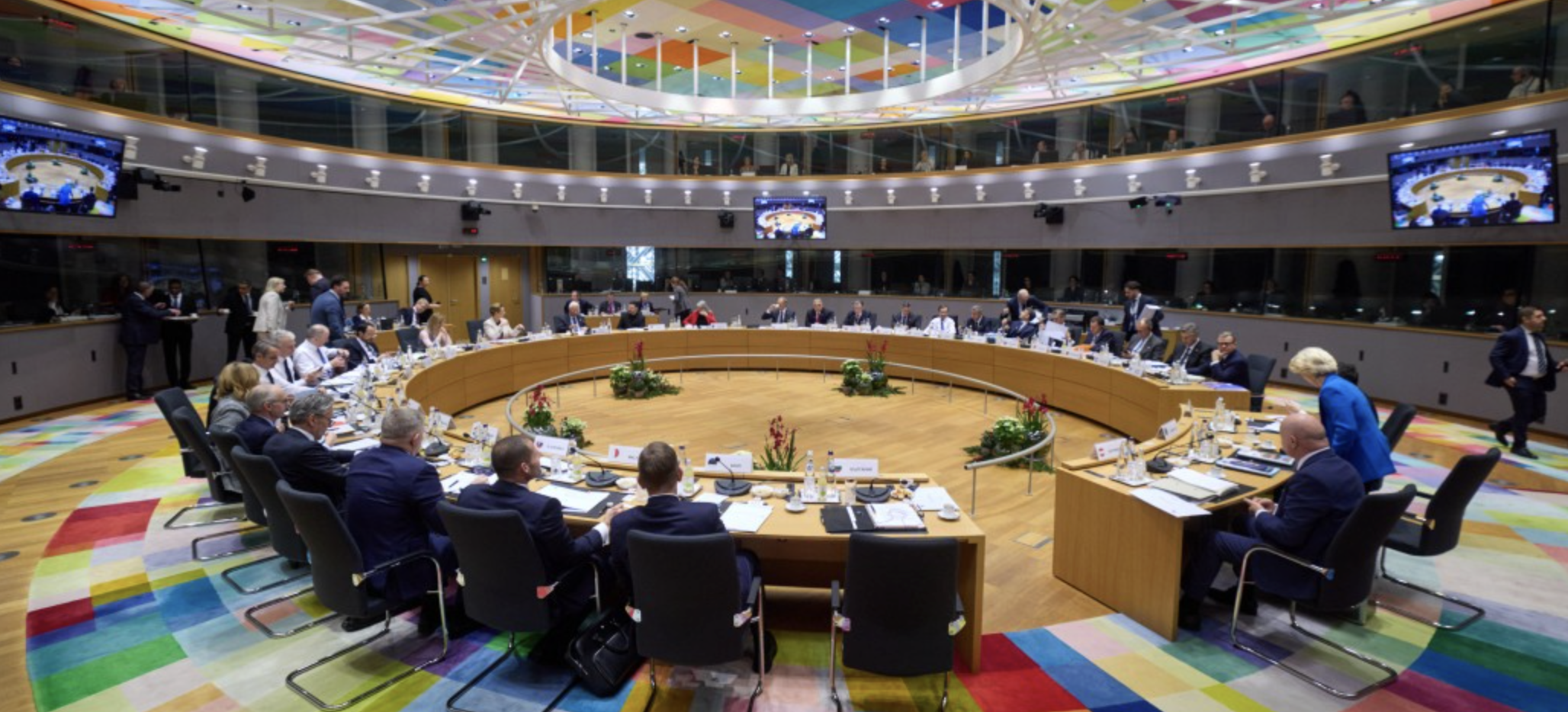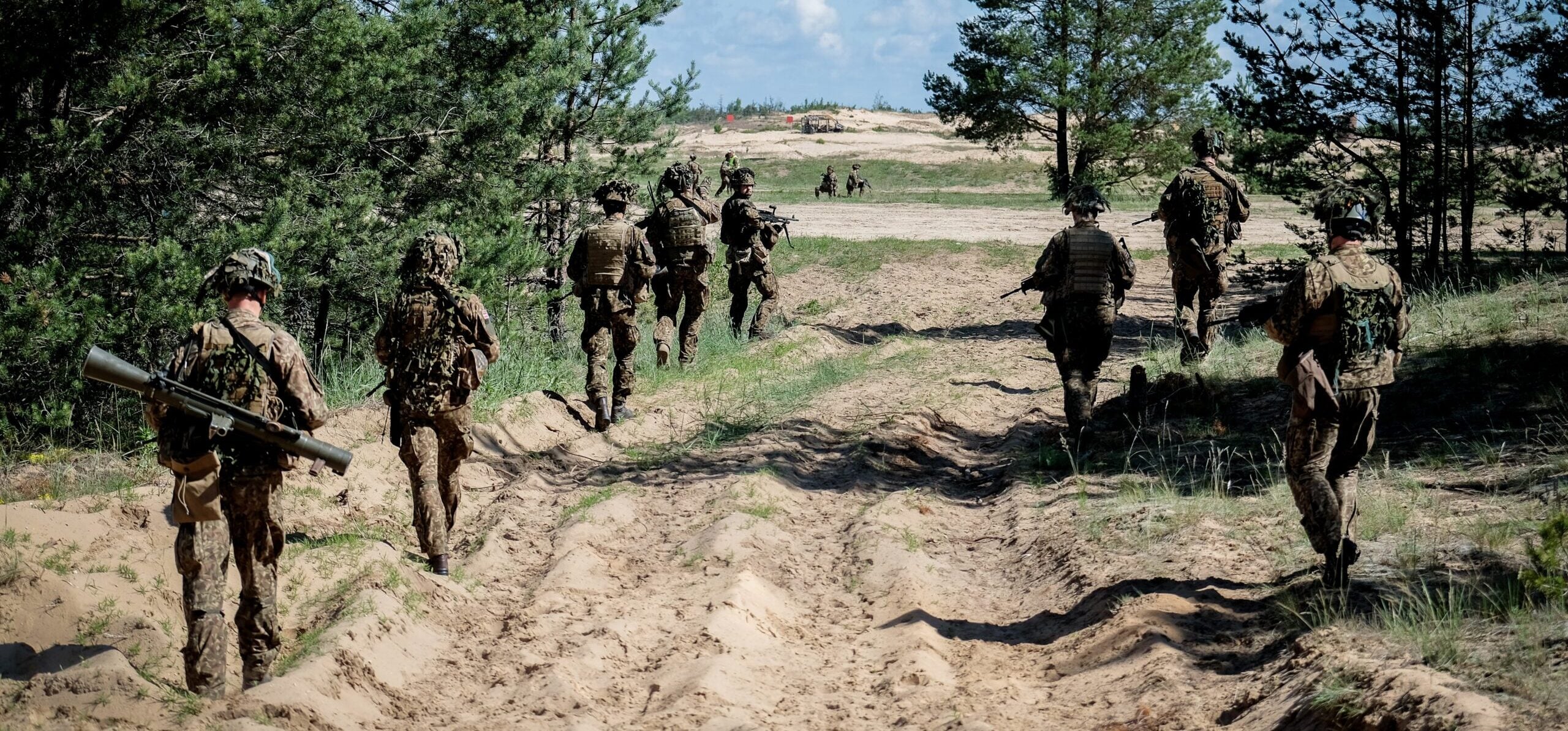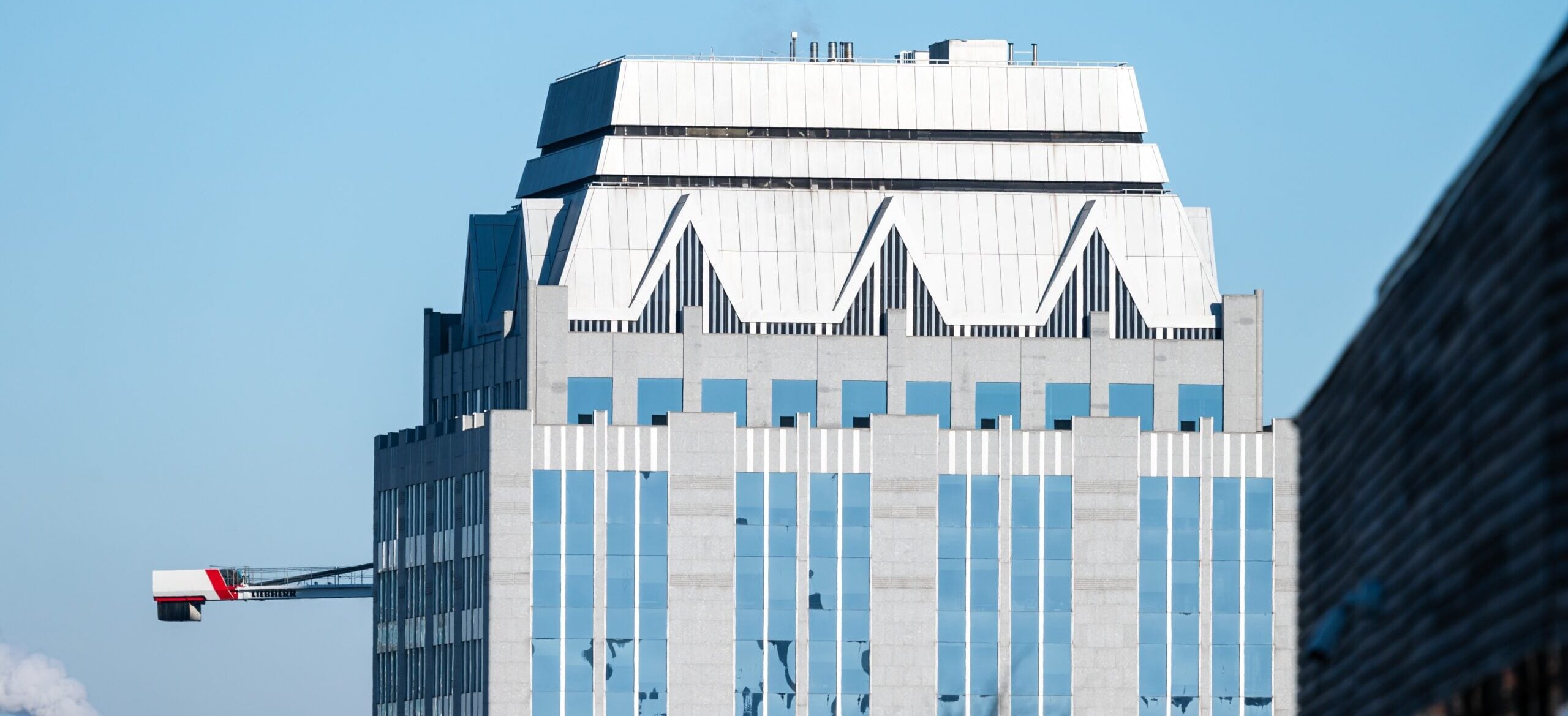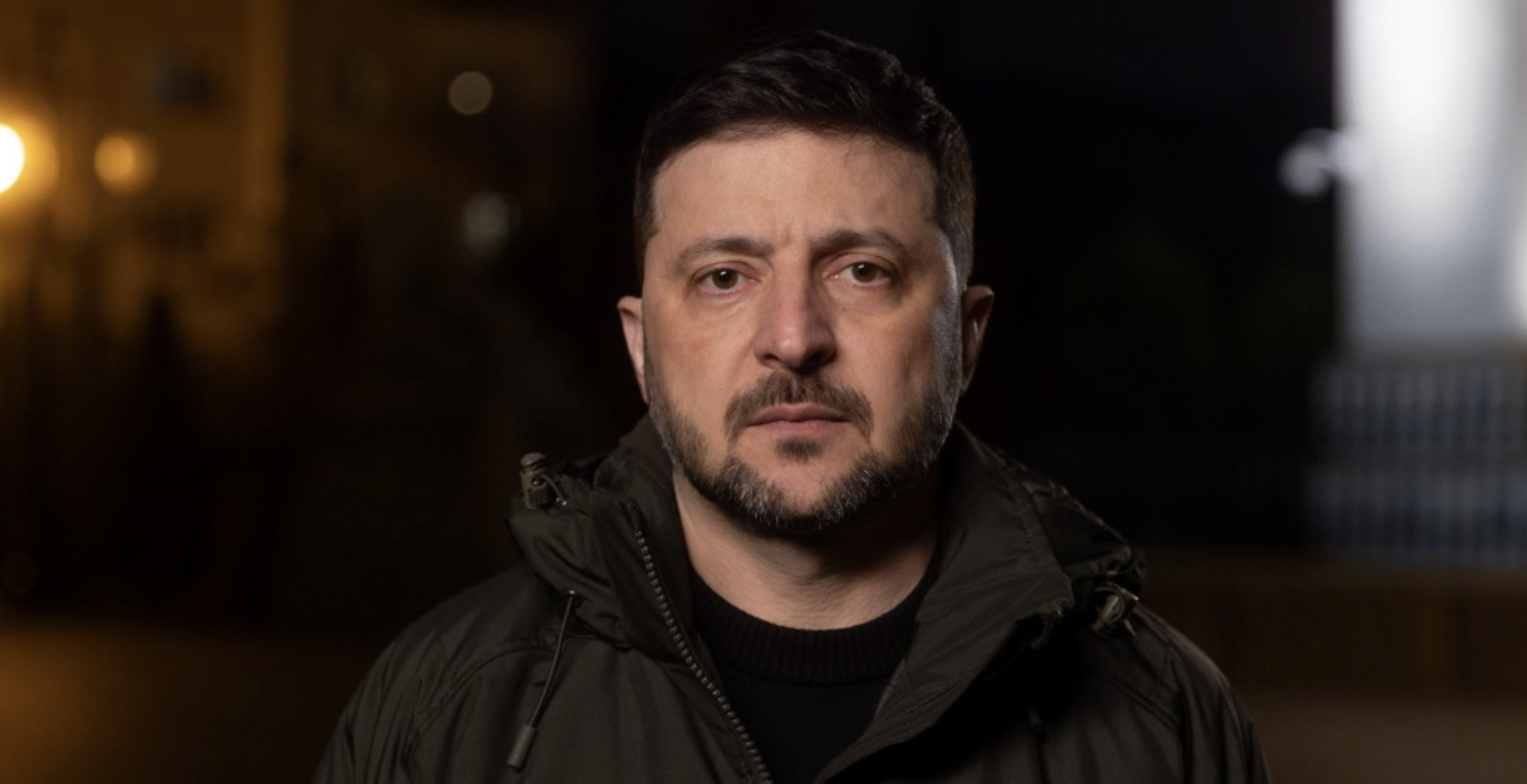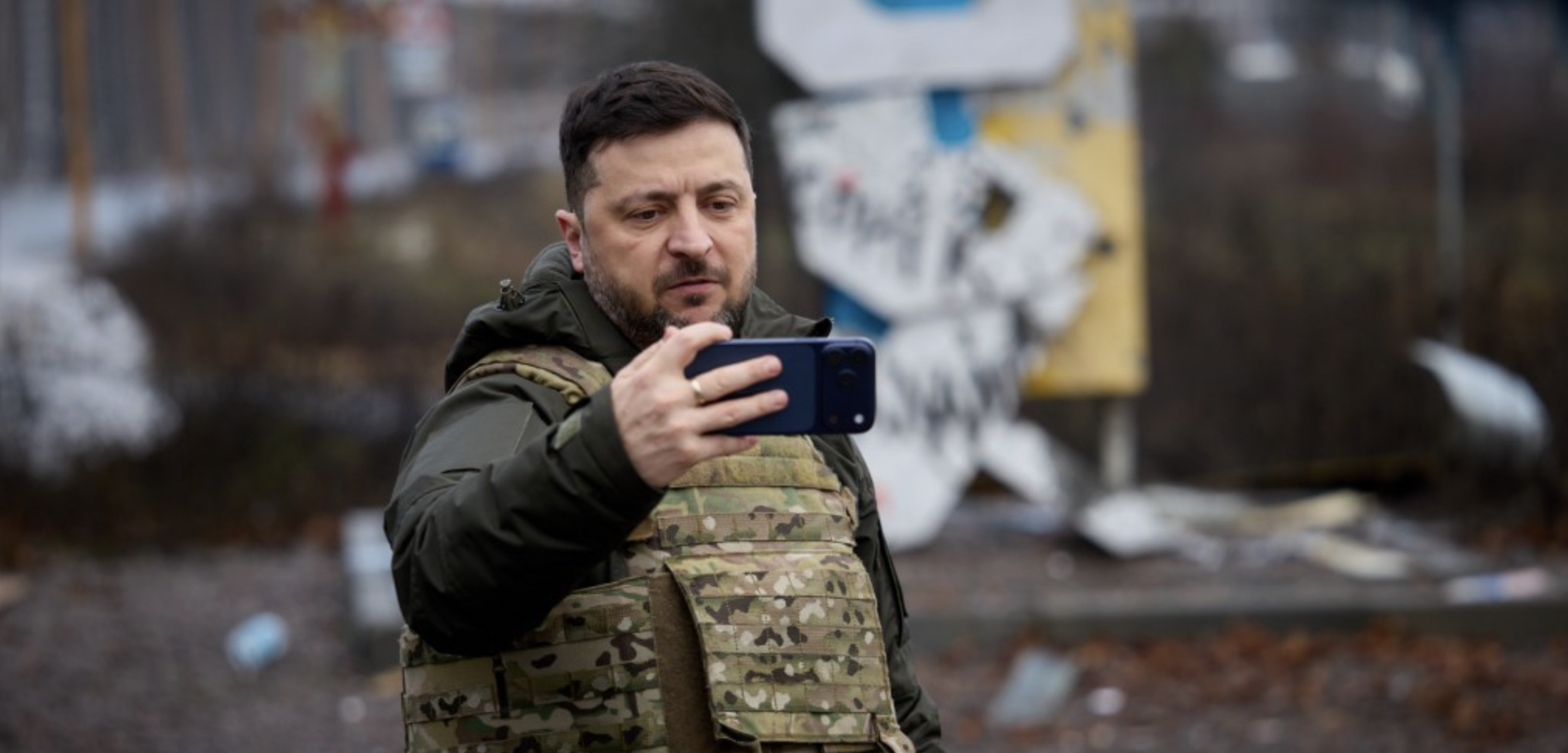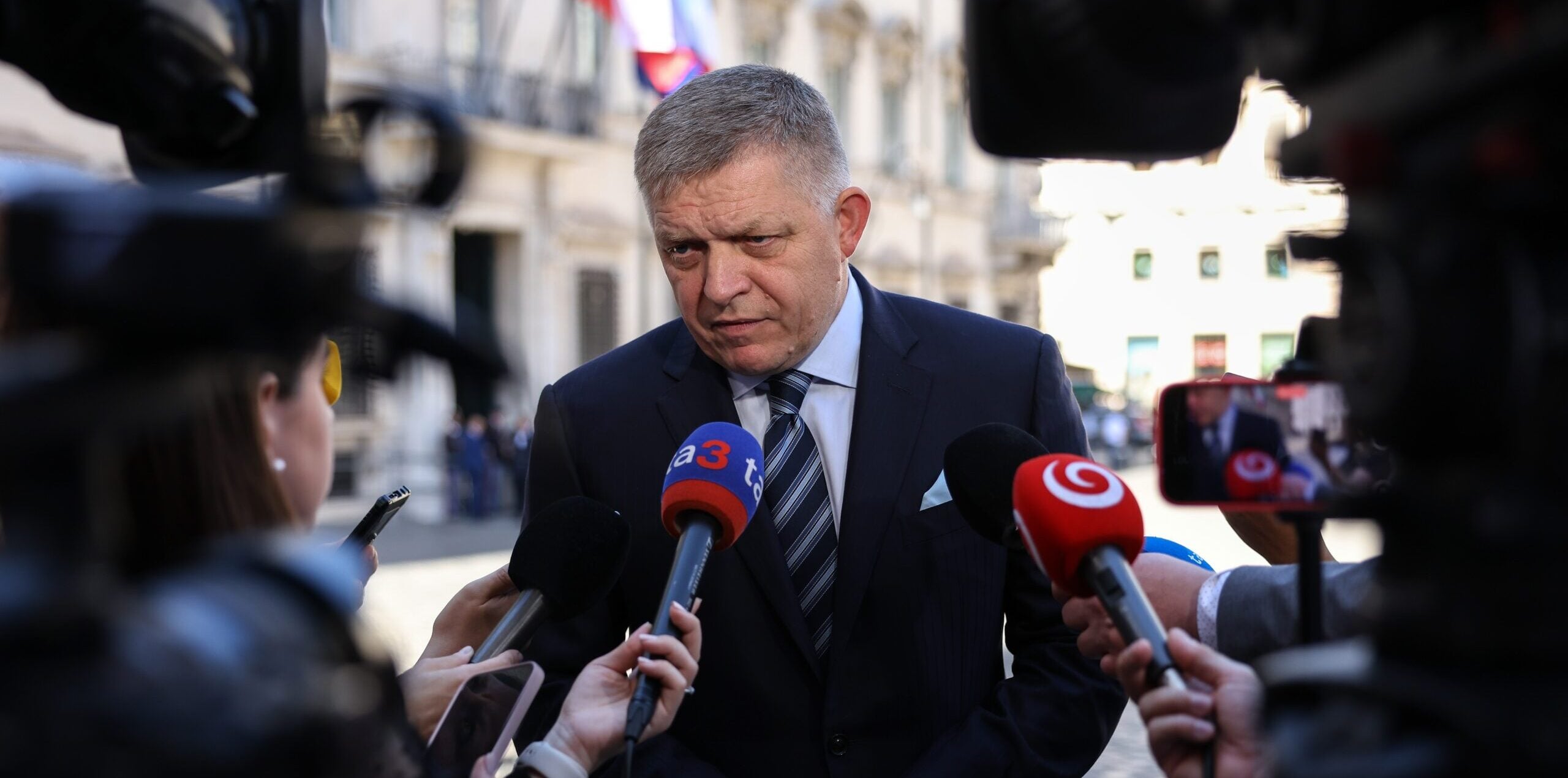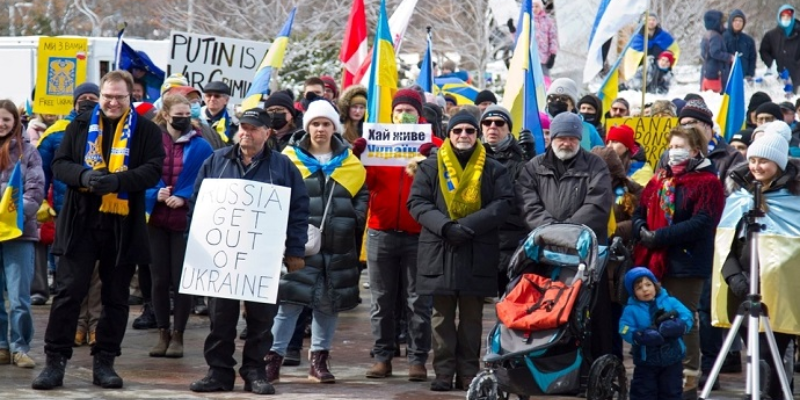
Today we want to congratulate our friend and ally country Canada with their national day! Canada is home to the world’s third largest Ukrainian diaspora, also Ukrainians are the 11th largest linguistic and ethnic group in Canada — approximately 1,359,660 people. We invite you to read this short history of each Ukrainian immigration wave in Canada.
The first wave (1897–1914): Labor Immigration and the Beginning of the Formation of the Ukrainian community.
The first immigration of Ukrainians to Canada began when Canadian Minister of the Interior Clifford Sifton (1897-1903) launched an agitation for resettlement to Canada in Western Ukraine. The Canadian government gave free land to immigrants to settle the Canadian steppes. The first Ukrainians settled in Manitoba, Saskatchewan and Alberta, where they mainly worked as farmers.
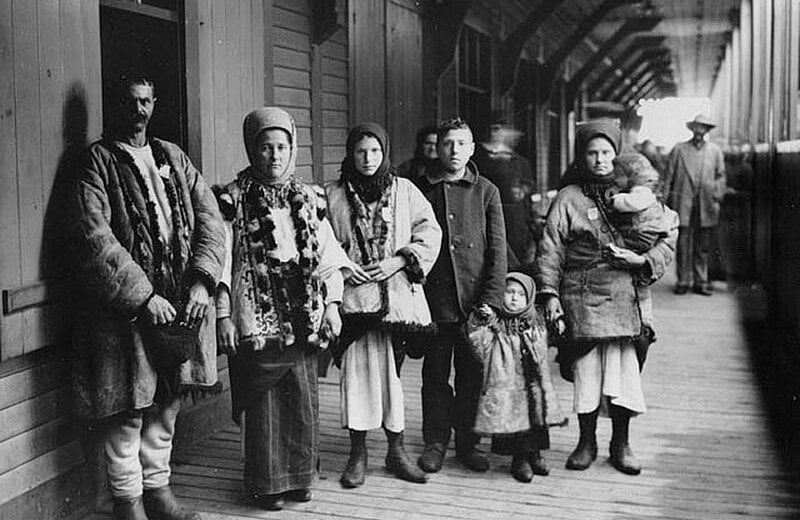
Bukovynian family in Quebec enroute to Edna-Star, Alberta, 1897. Library and Archives Canada
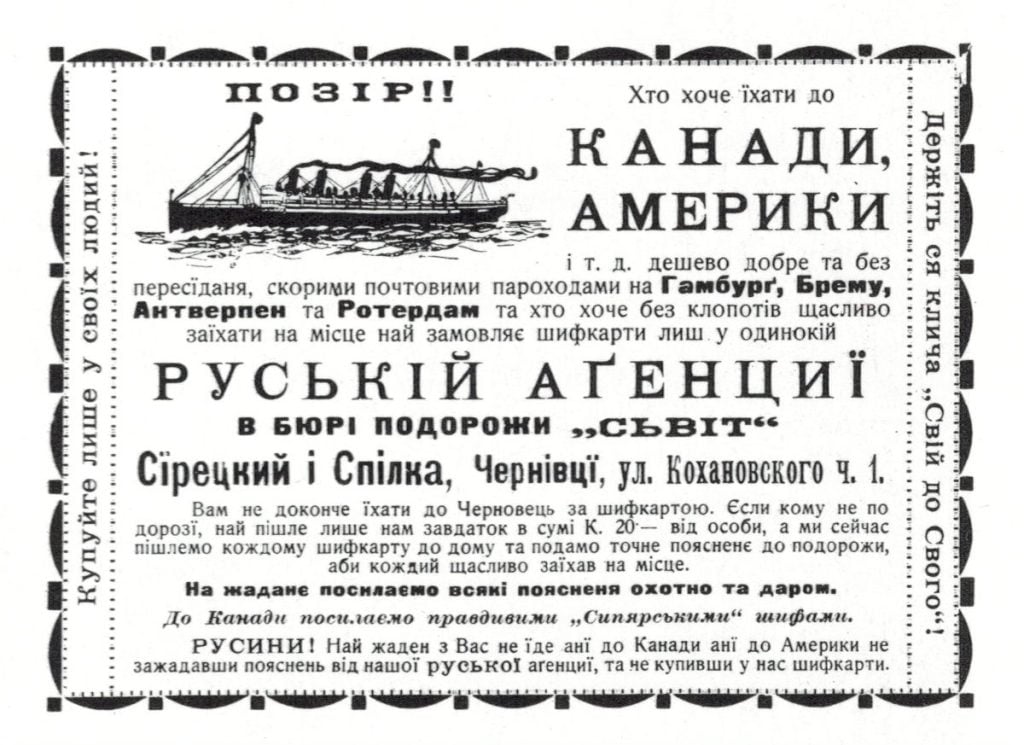 Advertisement to come to Canada, 1900s
Advertisement to come to Canada, 1900s
The second (1920-1939): Interwar Immigration and Unification of the Ukrainian Community
From 1920 to 1941, more than 67, 000 people of various social classes left Ukraine. In Ukraine, they were faced with difficult economical and political conditions, famine, and repressions, which led to mass emigration overseas. They settled not only in the steppes of Western Canada, but also in the large industrial cities of the eastern part of the country.
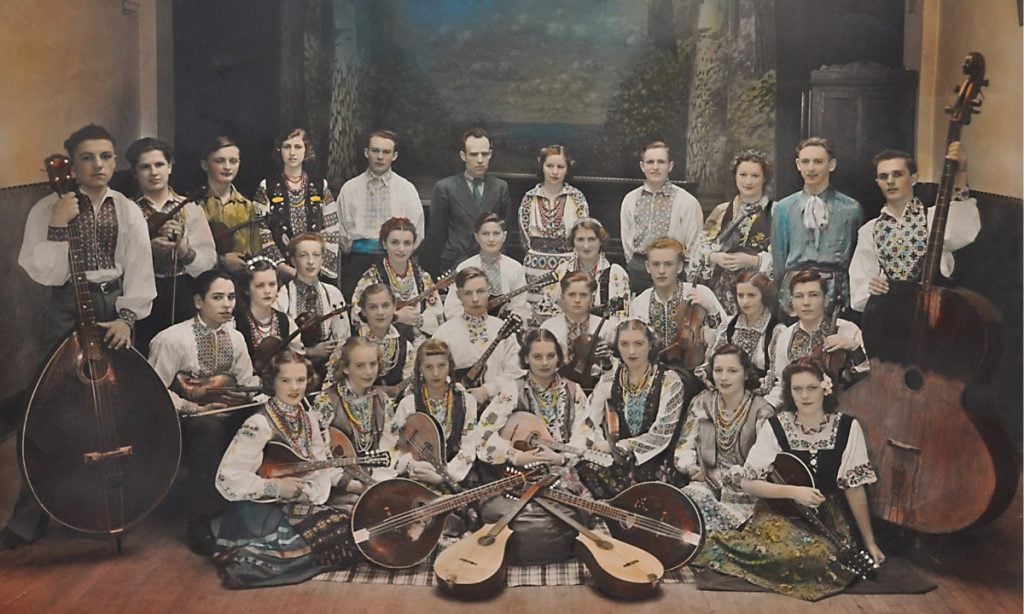
- ULFTA West Toronto Orchestra, Artistic Director – M. Dafeff, 1939
The third wave (1945-1990): Political Immigration and Community Consolidation
After the Second World War, hundreds of thousands Ukrainians became either refugees or the prisoners of war camps in various European countries. Among them many were deported from Ukraine for the forced labor in Nazi Germany, mostly former UPA soldiers, and Ukrainian independence fighters who refused to return to the Soviet Union. They remembered the Holodomor of 1932-1933 and the Stalinist repressions of 1937-1939, in which millions of Ukrainian people died. During the “third wave” of immigration, Ukrainians mainly settled in the big cities of Eastern Canada, in Toronto and Montreal, where they worked mainly in large factories and plants.
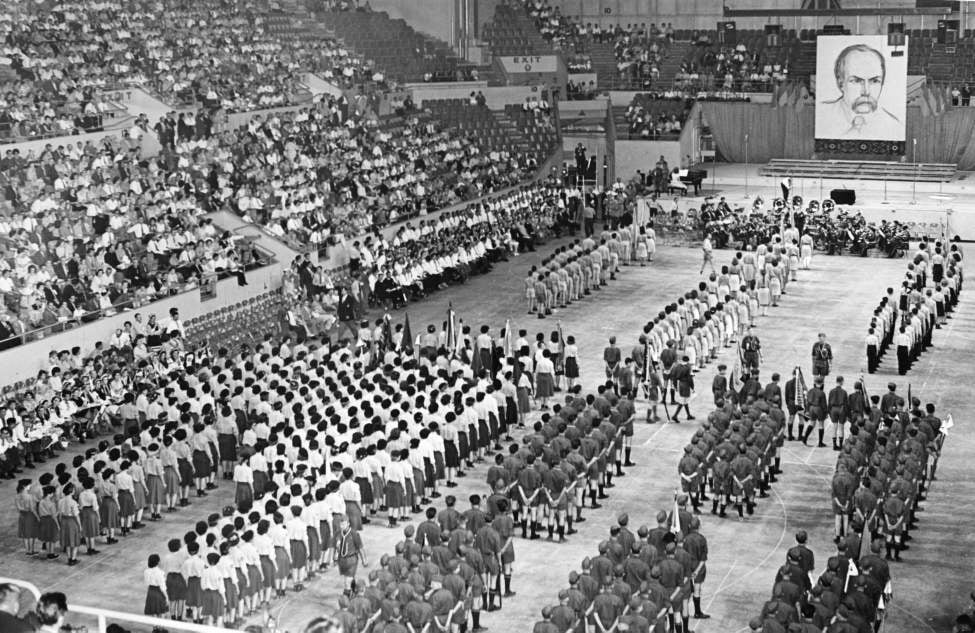 Winnipeg Free Press Archives
Winnipeg Free Press Archives- July 10, 1961
- Members of various Ukrainian youth organizations paid tribute to poet Taras Shevchenko Saturday at a youth festival at the Winnipeg Arena.
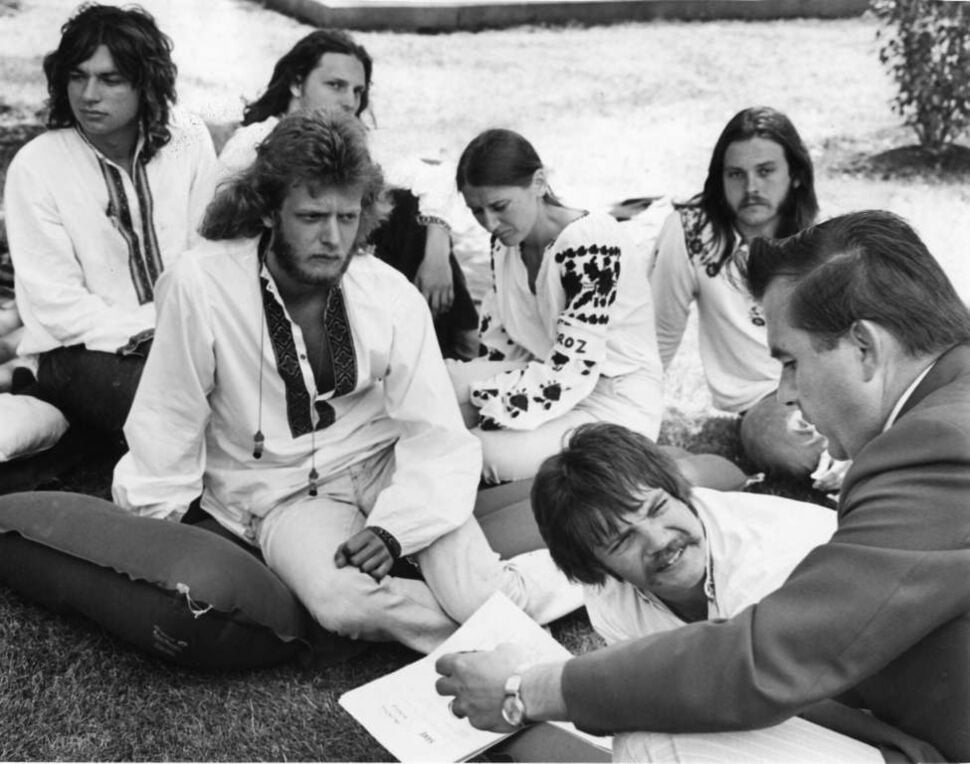
- Education Minister Ben Hanuschak of Manitoba (right) joined a group of Ukrainian young people on a hunger strike outside the Manitoba legislature for a brief period Wednesday afternoon, 1974
-
Winnipeg Free Press ArchivesAugust 22, 1988
Outdoor service beside St. Michael’s Church in Gardenton marking 1,000 years of Ukrainian Christianity.
The fourth wave (1991–2011): Economic Immigration and the New Understanding of the Community
In the 1980s, many Ukrainians were able to visit relatives in Canada. Some of them declared themselves refugees and stayed as residents. After the declaration of independence in 1991, Ukrainians got the right to legally immigrate to Canada if they were eligible. Most people set out on the road because of the difficult economic conditions that followed the collapse of the Soviet Union. Most of them had a higher education or a technical specialty, spoke English well, which made it possible for them to find jobs in Canada.
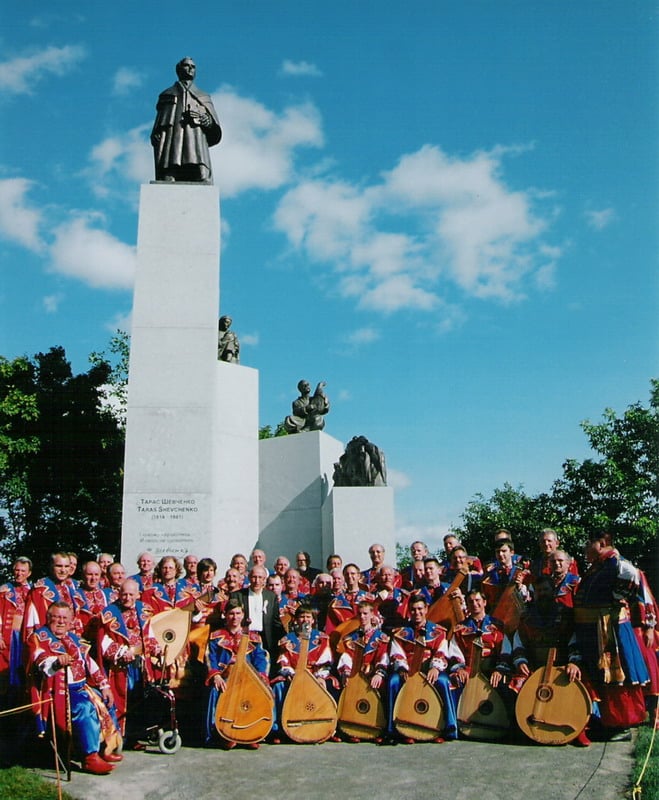
Shevchenko Monument Unveiling Ceremony & Concert, June 26, 2011
The fifth wave (2014-2018): Young Professionals in a Globalized World
After the Revolution of Dignity (2013-2014), the fifth wave of immigration to Canada began. They were mostly young people who saw more opportunities for professional development in the globalized world. They did not run away from poverty in their homeland “looking for a better fate” across the ocean. They were educated, fluent in English and other foreign languages. They were young professionals. Many of them returned to Ukraine, or regularly visited relatives in Ukraine. Their education and professional experience from Canada made a significant contribution to the development of Ukrainian economic globalization.
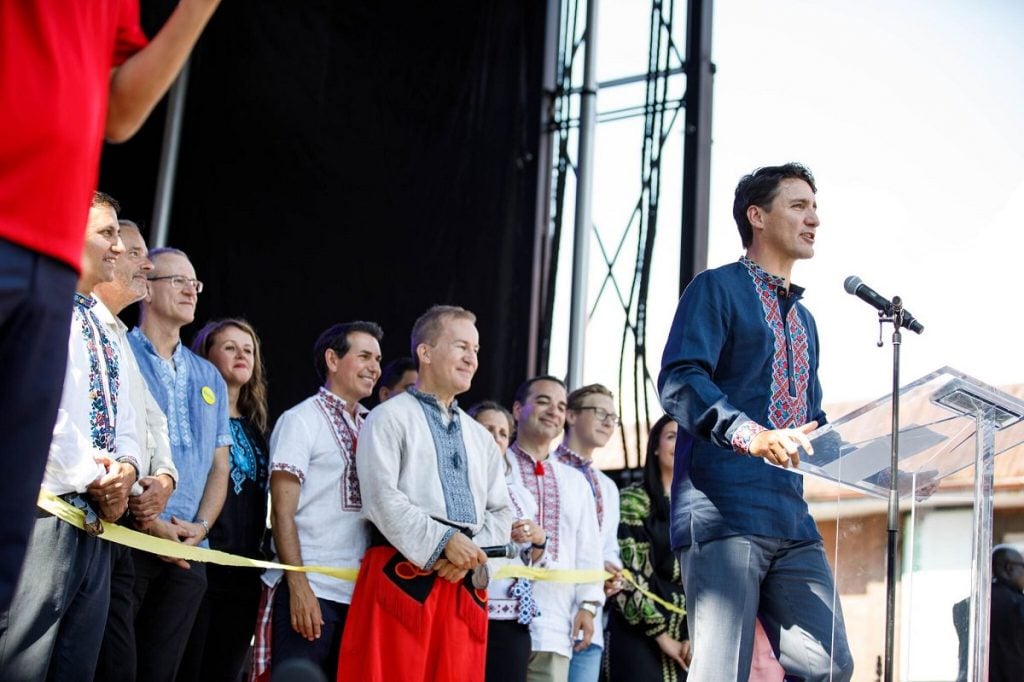 Prime Minister Justin Trudeau attends the Bloor West Village Toronto Ukrainian Festival, 2018
Prime Minister Justin Trudeau attends the Bloor West Village Toronto Ukrainian Festival, 2018
The sixth wave.. (2022): War Immigration
As of today, more than 5 million Ukrainians have been forced to leave Ukraine due to the full-scale invasion by Russian troops of Ukraine on February 24, 2022. Several tens of thousands of Ukrainian civilians (primarily women and children) have already arrived or are in the process of arriving to Canada. Thanks to the efforts of the large diaspora, Ukrainian organizations and associations, newly arrived Ukrainians are able to find a safe shelter in Canada during the war in Ukraine.
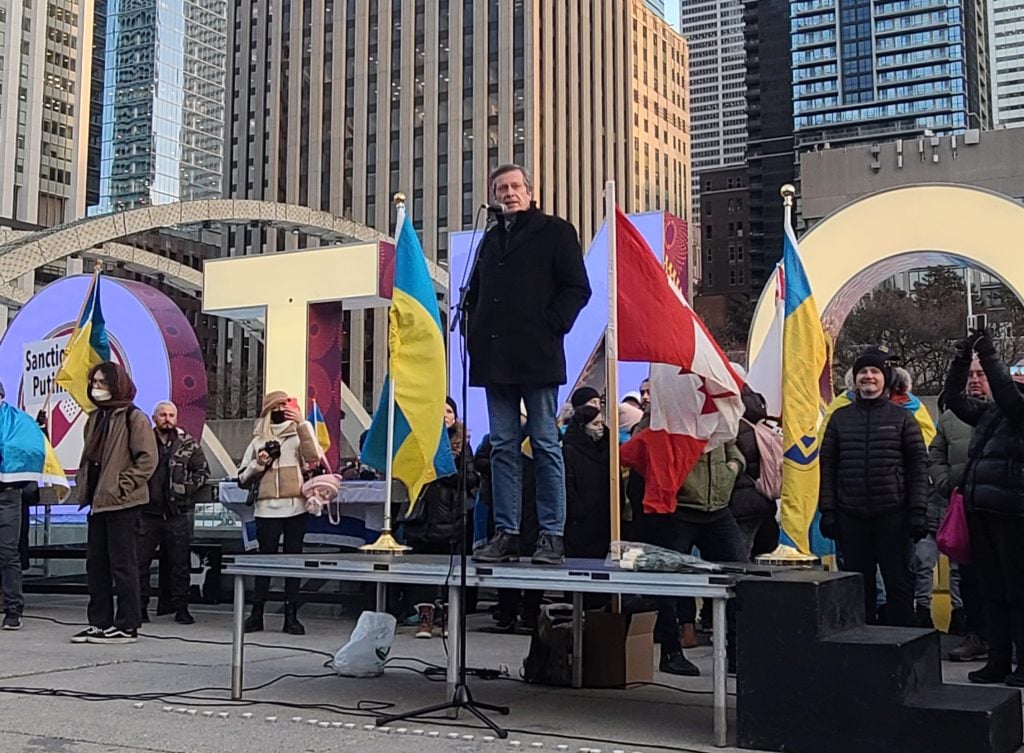
- John Tory raised Ukrainian flag at Toronto City Hall in solidarity with the Ukrainian people, February 24, 2022
